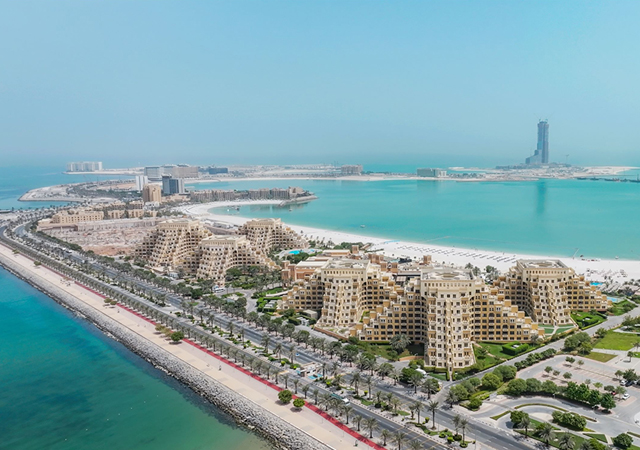
The global green coatings market size is projected to attain substantial growth over the next decade. According to a research report published by Future Market Insights (FMI), the global market is projected to cross $131.27 billion in value in 2023 and is likely to reach a valuation of $213.83 billion by 2033. The market is anticipated to show a modest compound annual growth rate (CAGR) of five per cent over the period.
The increasing prioritisation of sustainability by both businesses and consumers is predicted to bolster market expansion in the coming years.
Consumers are increasingly seeking environmentally responsible products, hence businesses are recognising the importance of sustainability in their operations and staying competitive in the market. As a result, there has been a growing interest in green coatings among consumers, architects, contractors, and other stakeholders in various industries.
Green coatings are formulated with environmentally friendly and natural ingredients such as castor oil, milk, clay, vegetable oil, and soybean. They are generally safer for application and use and emit low or no volatile organic compounds (VOCs) during production. VOCs can negatively impact indoor air quality and contribute to health issues such as allergies, respiratory problems, and headaches. Use of green coatings results in improved health and safety conditions for workers during application and for occupants of coated surfaces.
Green coatings are suitable for a wide range of applications across several industries including construction, automotive, aerospace, oil and gas, mining, maritime, and others. The growing demand from these industries is likely to bolster market expansion during the forecast period, the report states.
In recent years, the emphasis on environmental regulations has risen globally. Governments worldwide are aiming to reduce pollution and promote sustainable practices. Since green coatings align with these regulations, they are sought after as a way to reduce the environmental impact of coating applications. Several nations have implemented regulations and certifications, such as Leadership in Energy and Environmental Design (LEED), to limit the use of VOCs and promote environment-friendly coatings. Green coatings that meet these regulations and certifications can help companies and individuals comply with environmental standards and demonstrate their commitment to sustainability.
In addition, the growing innovations and advancements in technology are predicted to boost the market. The coatings industry is constantly innovating and developing new technologies to create more sustainable and high-performance coatings. Advancements in research have led to the formulation of green coatings with improved characteristics, such as enhanced adhesion, durability, and weather resistance. The innovations have also expanded the range of applications where green coatings can be used.
The expansion of the construction industry is likely to contribute to market development, where these coatings are applied on panels, windows, roofs, interior extrusions, and walls as decorative and protective paints.
Several businesses across various industries are incorporating sustainability and corporate social responsibility (CSR) into their business strategies. They are recognising the importance of environmental stewardship, the report adds.
However, the production of green coatings is difficult and costly. It requires costly renewable resources for production which necessities a price hike of the end material. Additionally, there is a wide availability of cheaper alternatives. These factors may impede the market’s growth potential. Nonetheless, the increasing awareness of personal health, climate change, and global warming is expected to amplify market growth during the forecast period.










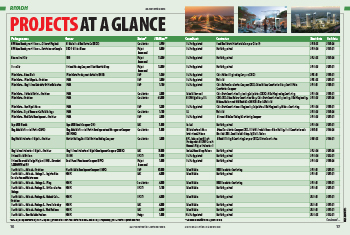




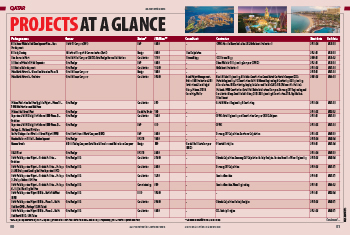
.jpg)





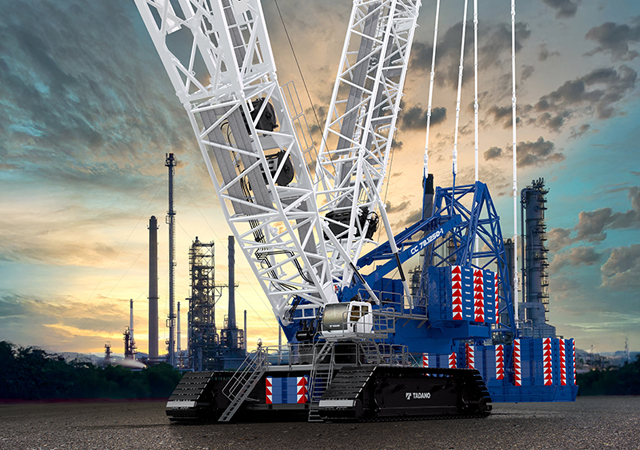









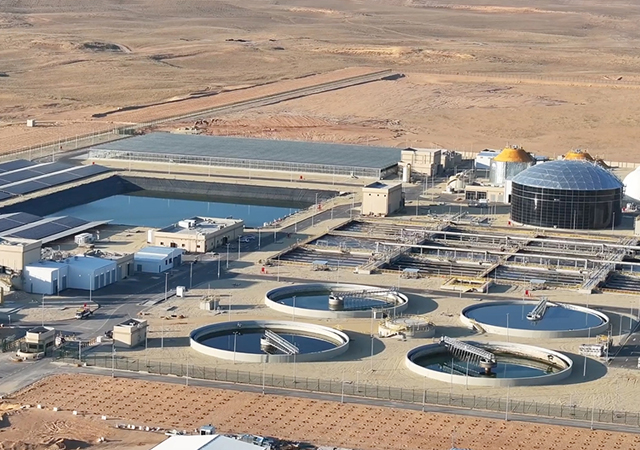









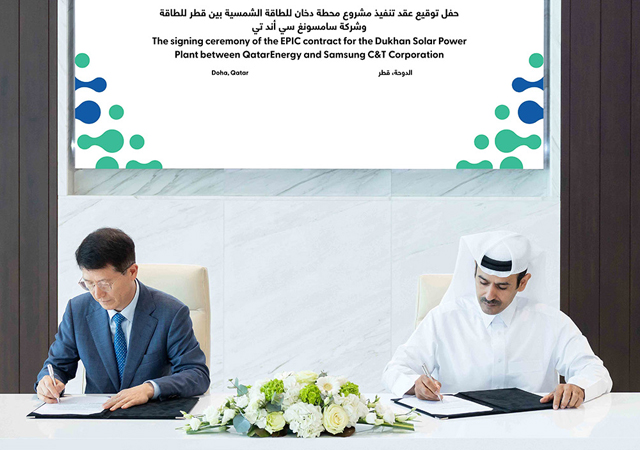







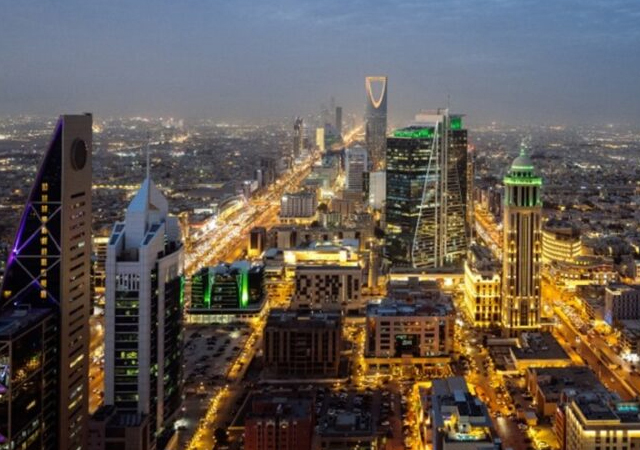


















.jpg)

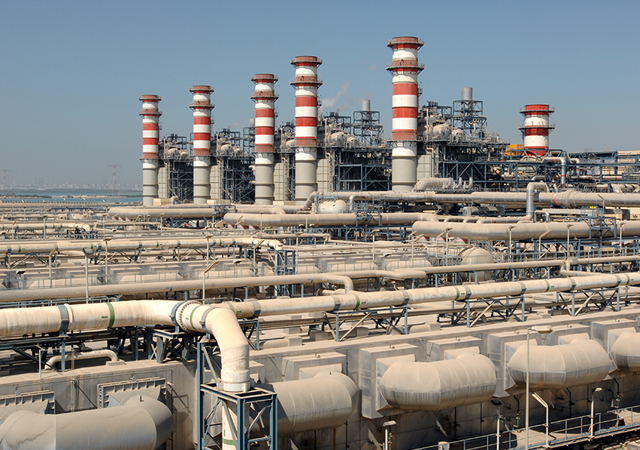


.jpg)
